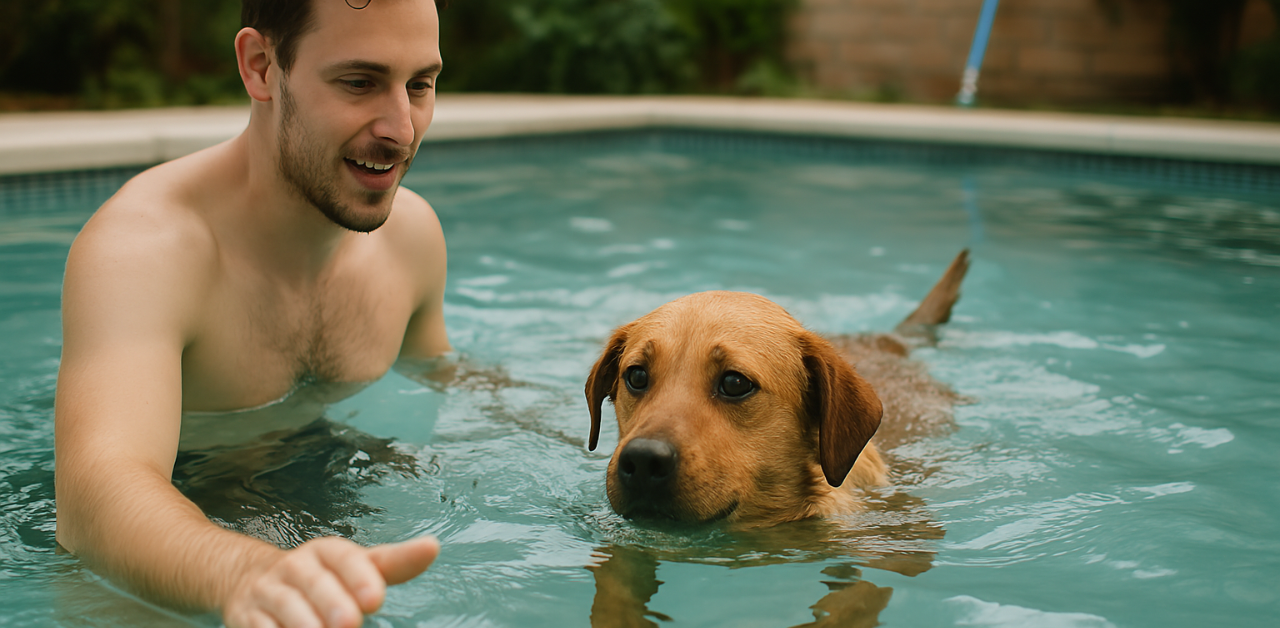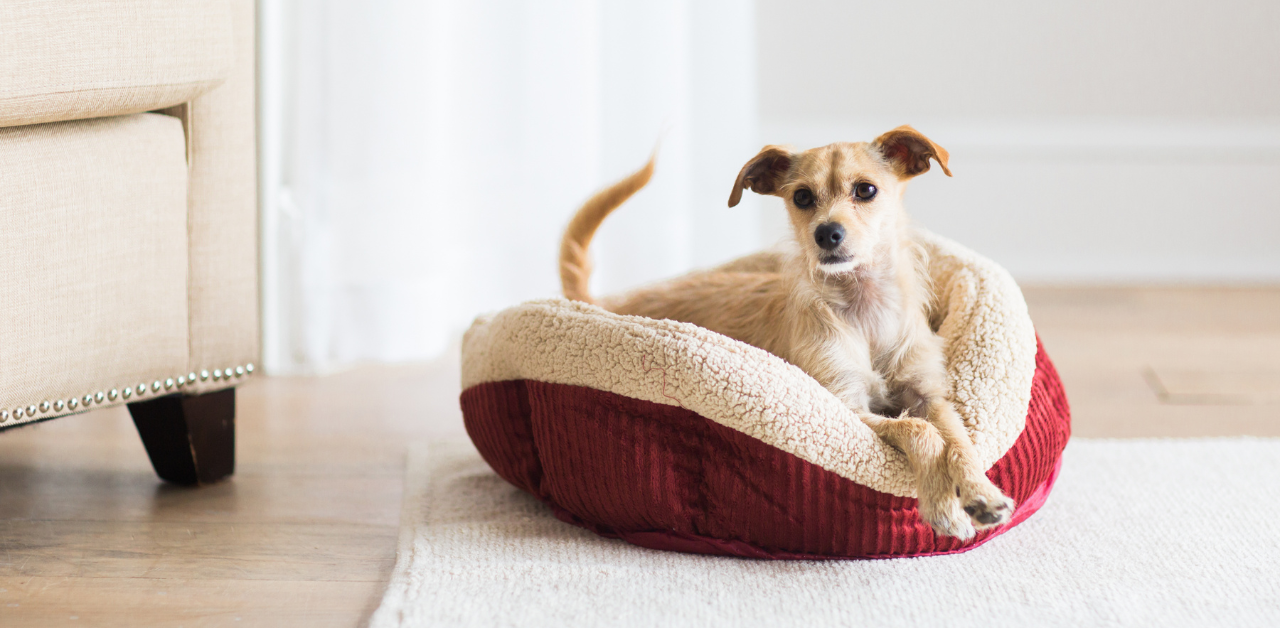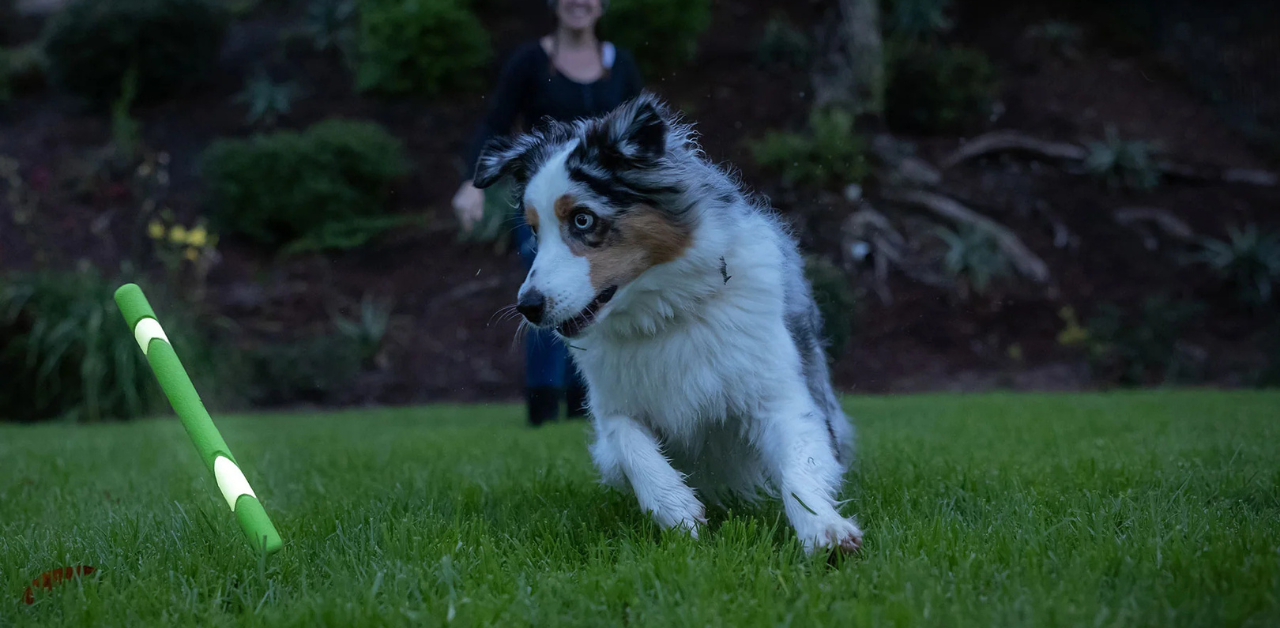Do Dogs Get Lonely if There Is Only One Dog
 Yes. Most dogs can feel lonely if there is only one dog in the house. They are pack animals descended from wolves. This means they have instincts that push them to connect with friends or family. When they live as the only dog, they may experience loneliness if they do not receive enough attention.
Yes. Most dogs can feel lonely if there is only one dog in the house. They are pack animals descended from wolves. This means they have instincts that push them to connect with friends or family. When they live as the only dog, they may experience loneliness if they do not receive enough attention.
This can affect their behavior and general happiness. The short answer is clear: dogs can become lonely, especially when their social needs are not being met.
Below, we explore identifying common signs of loneliness, how a second dog might help, and how to keep a single dog happy. We also examine different breeds and their specific needs.
What Are the Signs That My Dog Is Lonely?
Dogs are social creatures. Many dogs thrive on bonds and daily interactions. When that link is missing, they might show several signs:
- Separation Anxiety: This often looks like barking, whining, or pacing when you leave the house. They might scratch at the door or try to follow you as soon as you step away. In extreme cases, they could even chew or dig at a closed door.
- Destructive Behavior: If your current dog is alone for long periods, they might chew furniture, tear pillows, or knock things over. They do not do this out of spite but out of stress and boredom.
- Excessive Licking or Grooming: Constant licking or biting at paws or fur can be a self-soothing action. Some pups might even develop hot spots from licking the same spot again and again.
- Loss of Appetite or Sleeping Too Much: Some lonely dogs might stop eating with their usual enthusiasm. Others may retreat to their bed and sleep longer. These are also possible signs of depression in dogs.
- Clingy Behavior: If a dog follows you everywhere and becomes agitated when you leave, it might signal that they feel lonely. This could lead to them showing excitement that seems out of control the moment you come back home.
- Lack of Interest in Usual Activities: A lonely pup might ignore toys or refuse to play fetch, even if that was once a favorite game.
These behaviors may stem from loneliness. If you see such changes, speak with a vet for a thorough exam. They can confirm if your dog’s actions result from loneliness or other issues such as health problems.
Is It Necessary to Get a Second Dog for Companionship?
Bringing in another dog to keep your beloved pooch from feeling lonely can be a great idea. Still, it is not always the best idea for every household. You must weigh several factors before adding a new dog:
- Your Dog’s Temperament: One dog may be friendly around other dogs, while another may be fearful or prefer humans only. If your dog is social with other pets, a new roommate might help them. If your pup prefers people, a second dog might add stress.
- Time and Resources: Two dogs can mean double the financial and emotional investment. Food, vet care, grooming, and training all cost money and time. Make sure you have enough resources for both dogs.
- Living Space: Each dog needs a safe area for daily life. If you have a small apartment, it might be tight for two dogs. But if you have a larger house or a fenced yard, the added space can help them live in harmony.
- Potential Personality Clashes: Some pairs do not form a good relationship right away. A slow introduction is needed. Always observe their interactions to be sure they are comfortable.
- Your Schedule: Dogs get lonely, but they can also feel tense if you bring in another dog and are not there to supervise. If your schedule is hectic, you might not be home enough to help them bond.
- Breed Traits: A dog’s breed may affect how they adapt to other dogs. Some working or herding breeds love having a friend. Others might not be as social. Observing your current dog’s breed traits can help you decide.
A second dog can help your only dog feel less lonely if it matches your pup’s personality and energy level. Take time to meet the new dog before making it official. You want them to start off on the right paw and create a good relationship.
How Can I Keep My Single Dog Happy and Engaged?
Here’s how to give your pup a well-rounded, happy life.
Spend Quality Time and Encourage Social Interaction
Spending quality time with your dog every day helps build a strong bond and prevents them from feeling lonely. Dogs are pack animals, and being alone too often can lead to separation anxiety, excessive licking, or destructive behavior. Playtime, cuddles, and even short training sessions can make a difference.
If possible, introduce your dog to other dogs. Regular visits to the dog park or setting up playdates with a friend’s pet can help them feel less isolated. Social creatures like dogs benefit from these interactions, especially if they’re the only dog in the household.
Provide Mental Stimulation and Daily Training

Boredom can cause stress and lead to bad habits. Mental stimulation is just as important as physical exercise. Use puzzle toys and treat-dispensing tools like the JW Treat Tower Treat Dispensing Dog Toy. This interactive feeder keeps your dog mentally engaged while rewarding them with small treats.
Incorporate daily training sessions to reinforce good behavior. Dogs enjoy learning, and even short sessions can help reduce signs of loneliness. Training also strengthens your relationship and gives them a sense of purpose.
Keep Your Dog Active With Fun Physical Exercise
 Daily exercise is non-negotiable. A bored dog with excess energy may turn to chewing, barking, or digging. Depending on your dog’s breed and energy level, go for walks, hikes, or short jogs.
Daily exercise is non-negotiable. A bored dog with excess energy may turn to chewing, barking, or digging. Depending on your dog’s breed and energy level, go for walks, hikes, or short jogs.
At home, use toys to keep your dog moving. Fetch toys like the Chuckit! Air Fetch Ball are great for active play. Tug toys like the Chuckit! Ultra Links encourages bonding and physical activity. Rotating toys can keep things fresh and exciting.
Create a Safe and Cozy Space

Every dog needs a place to rest and feel secure. A cozy space helps ease anxiety when you’re not home. The PetFusion Ultimate Dog Bed with Memory Foam offers orthopedic support and comfort, making it an excellent spot for napping or relaxing.
Make sure your dog’s space is quiet and away from high-traffic areas. Keep water close by, and avoid closing the door on them for long periods. If your dog shows signs of stress when alone, such as whining or pacing, speak with a vet to rule out any health issues.
Most dogs don’t like being alone for too long. They’re a social species and feel emotions deeply. If you're gone most of the day, think about hiring a dog walker or even getting a second dog if your current dog seems lonely. While getting another dog isn’t always the best idea for every household, it can help if both pets get along.
Meeting your dog’s emotional, mental, and physical needs will help them feel safe, loved, and happy—even as the only dog in the home.
Are Certain Dog Breeds More Prone to Loneliness?
While all dogs experience loneliness at times, certain breeds are recognized as needing extra attention. This does not mean these breeds cannot be only dogs. It just means their owners might need to put more effort into giving them the social contact they crave. Some examples include:
- Sporting Breeds (e.g., Retrievers): They often have a strong desire to be active and around people or other dogs. They need daily outings and mental challenges to stay balanced.
- Herding Breeds (e.g., Border Collies, Australian Shepherds): Herding dogs were bred for tasks that demand focus and interaction. They do best with plenty of activity, tasks to perform, or puzzle toys to keep their minds engaged.
- Working Breeds (e.g., Boxers, Dobermans): These dogs thrive on having a job. If they lack an outlet for their energy, they might feel lonely or bored. They do well when pet parents include them in their daily routines.
- Companion Breeds (e.g., Pugs, Cavalier King Charles Spaniels): These dogs enjoy being near humans. Some might develop separation anxiety if left alone for long hours. They appreciate cuddles and consistent company.
That said, each dog is unique. A puppy from a typically energetic breed might be more laid back, while a calm breed can produce a high-energy dog. A lonely dog can come from any breed or mix. Watch your pup for signs that they need more interaction. Then, tailor your approach to their temperament.
Additional Tips for a Well-Balanced Only Dog
- Create a Schedule: A consistent routine helps reduce stress. Your dog will know when to expect walks, meals, or playtime.
- Avoid Long Alone Time: Look into dog daycare or a trusted walker if you work long hours. Social animals do best with human or dog interactions throughout the day.
- Monitor Behavior Changes: If your dog shows new signs of fear, confusion, or aggression, consult your vet. A health problem could be the real cause, or loneliness could be growing.
- Use Positive Reinforcement: Celebrate small wins. Whether going outside to potty or walking calmly on a leash, praise them and offer treats. This builds confidence and trust.
- Introduce a New Dog Slowly: If you want a second dog, go one step at a time. Start with short, calm meet-ups at a neutral spot. Use praise to reinforce good interactions.
A Note on Cats and Other Pets
Dogs are not the only pets that experience loneliness. Cats can also need company, but cats are often better at alone time. Still, dogs and cats can form bonds. If you already have a cat, make sure you introduce your new dog carefully to avoid conflicts. If you have multiple dogs, establish a routine to maintain peace and provide each dog with sufficient attention.
When to Seek Professional Guidance
If your dog’s loneliness leads to harmful or extreme behavior, consult a vet or a certified trainer. Loneliness can be mixed with separation anxiety. A professional can give advice that fits your dog’s breed, age, and background.
They may also suggest steps for destructive behavior, fear, or other challenges. In some cases, medication or structured behavior plans might be needed.
Helping Your Solo Dog Thrive: Support, Connection, and Comfort
If you are searching for ways to support your furry friend, consider Petmate’s premium pet supplies and accessories. Our wide range of toys, crates, and beds can help your dog feel more comfortable and secure.
With the right approach, your pup can live a life free from stress, even if they are the only dog in your household. By staying mindful of their emotions, you set the stage for a strong and loving bond that lasts a lifetime.
Next article

Related posts
View all-

Teaching a Dog To Swim in Your Pool
Swimming is great fun for dogs, and your swimming pool can be a fantastic place to cool off and play. But not all dogs are natural swimmers. Teaching your dog to swim safely involves patience, gentle encouragement, and a positive experience. Here's how to help your dog learn to enjoy swimming at their own pace, keeping their safety and comfort in mind.
Read Article -

Welcoming a New Dog into Your Home
Bringing a new dog home is an exciting time for you and your family members. This event can inspire a sense of unity among everyone in the household, whether your new pet joins an older dog or is the only dog in the house.
Read Article -

Choosing the Right Toys for Your Dog
Finding the right toys for your dog is more than just picking something off the shelf. The right toy supports your dog’s health, behavior, and overall happiness. With so many types of dog toys—chew toys, plush toys, squeaky toys, tug toys, and more—knowing what to choose can be the difference between safe, enriching play and unwanted risks.
Read Article



